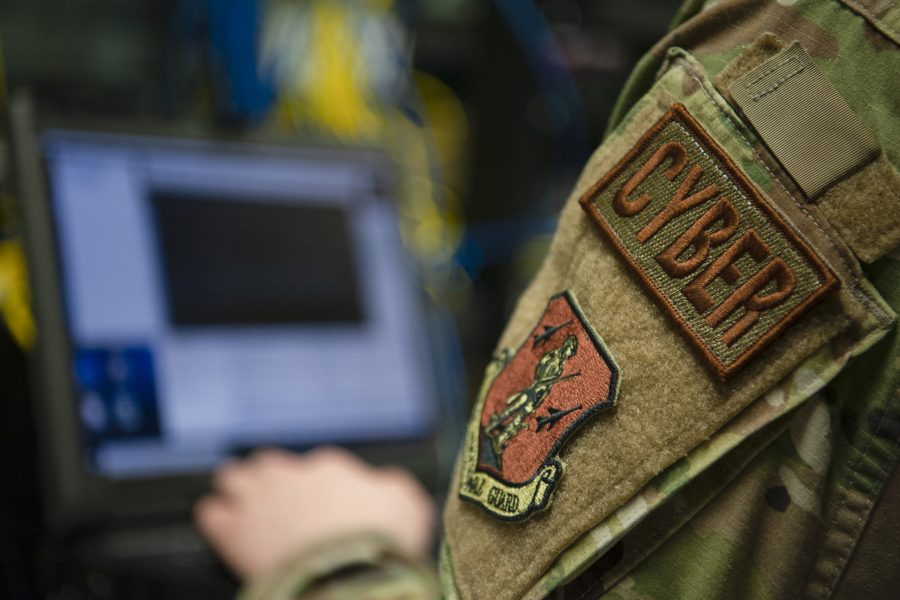The application process for the Air Force’s first batch of warrant officers in 66 years looks to be a fiercely competitive one, with nearly 500 Airmen applying for just 60 slots.
About 490 Airmen across the Active-Duty, Reserve, and Guard components applied to attend Air Force Warrant Officer Training School, which will train two eight-week classes of about 30 candidates each. The first class starts this October and the second starts in early 2025.
The Air Force and Space Force are the only military services currently without warrant officers, who fill technical rather than leadership functions in the other military branches. But today the Air Force sees the reintroduction of warrant officers as a way to maintain an edge in two fast-moving technical fields: information technology and cybersecurity.
Since only 60 spots are available, the rejection rate for the 490 or so applicants will be around 88 percent just to land a spot at the warrant officer training school.
Of the 490 applications, about 57 were quickly turned away due to not meeting eligibility requirements or having incomplete application packages. That means the remaining 433 applicants face a slightly-better 86 percent rejection rate for a chance of landing a spot at warrant officer school.
The data per component, broken down by rank, gender, and age, when available, is listed below:
Eligible Air Force Warrant Officer Applicants By Rank
| Component | E-5 | E-6 | E-7 | E-8 | E-9 |
| Active | 73 | 132 | 93 | 3 | |
| Reserve* | 10 | 16 | 16 | 2 | |
| Guard | 16 | 42 | 26 | 2 | 1 |
| Total | 99 | 190 | 135 | 7 | 1 |
Eligible Air Force Warrant Officer Applicants By Gender
| Component | Male | Female |
| Active | 277 | 24 |
| Reserve | 42 | 3 |
| Guard | 74 | 13 |
| Total | 393 | 40 |
Eligible Air Force Warrant Officer Applicants By Age**
| Component | 20-25 | 26-29 | 30-34 | 35-39 | 40+ |
| Active | 12 | 63 | 110 | 99 | 17 |
| Reserve | 6 | 11 | 17 | 11 | |
| Total | 12 | 69 | 120 | 116 | 28 |
The applicants came from a range of career fields including cyber defense and cyber warfare, intelligence analysis, cryptologic language analysis, aerospace ground equipment specialists, health services management, mental health services, special investigations, and military training instructors.
Applicants had to be at the rank of staff sergeant and above, at the age of 42 or younger, and with a minimum five years’ time in service by July 24. Though applicants could come from any career field, they had to meet a range of qualifications in cybersecurity and information technology.
The application period opened on April 25 and closed on May 31. The selection board met from June 24-28, and selectees will be notified in late July. Upon graduating, the new warrant officers will be assigned to units supporting both the Air Force and joint force operational requirements, according to a press release late last month.
Future classes will be announced each year. It is unclear at this point how many warrant officers the Air Force hopes to train, but planning documents obtained by Air & Space Forces Magazine in February show that the pipeline could scale up to 200 junior warrant officers and 50 senior warrant officers per year. Air Force Secretary Frank Kendall said in March that he expects the program will eventually expand to other career fields, pending how successful it is in cyber and IT.
